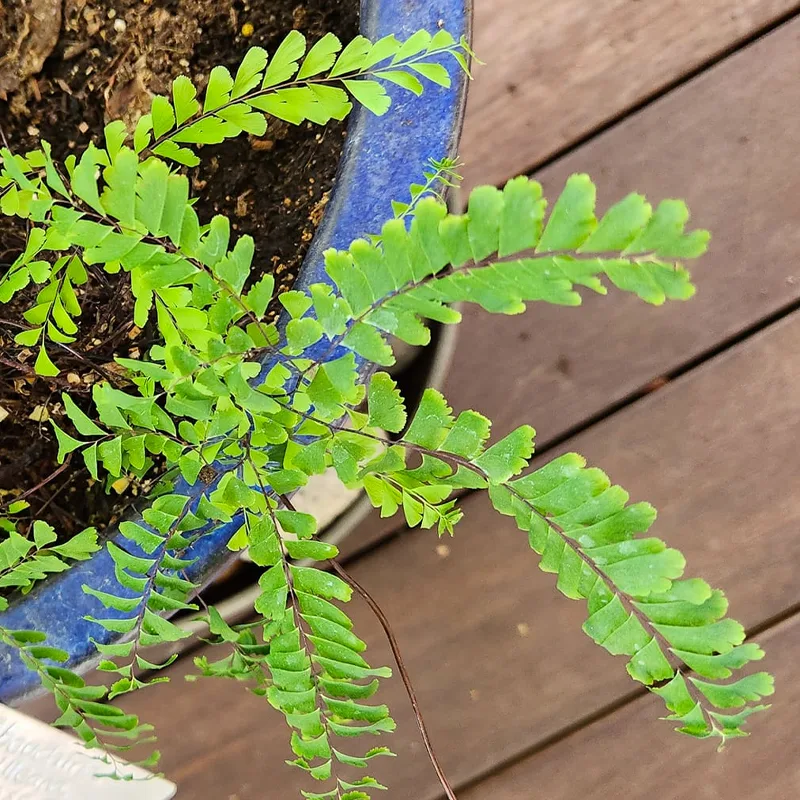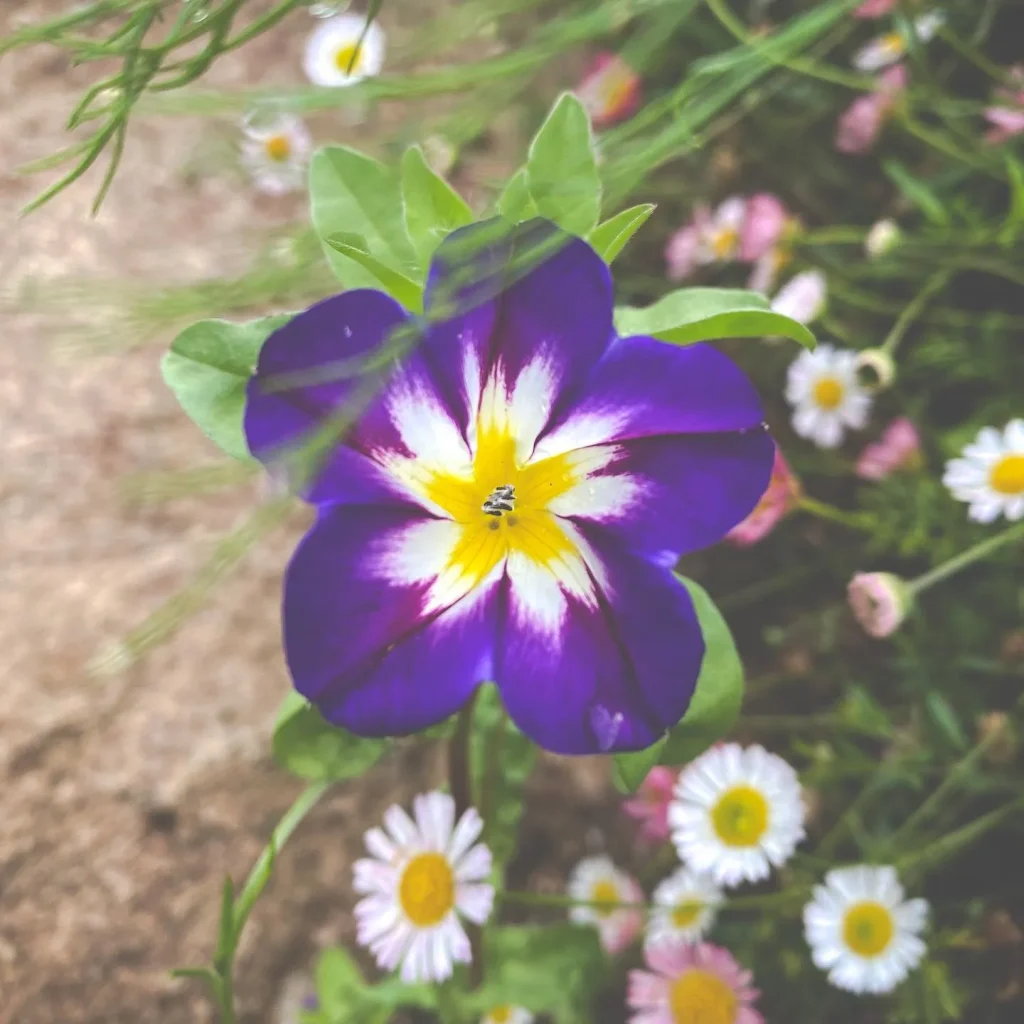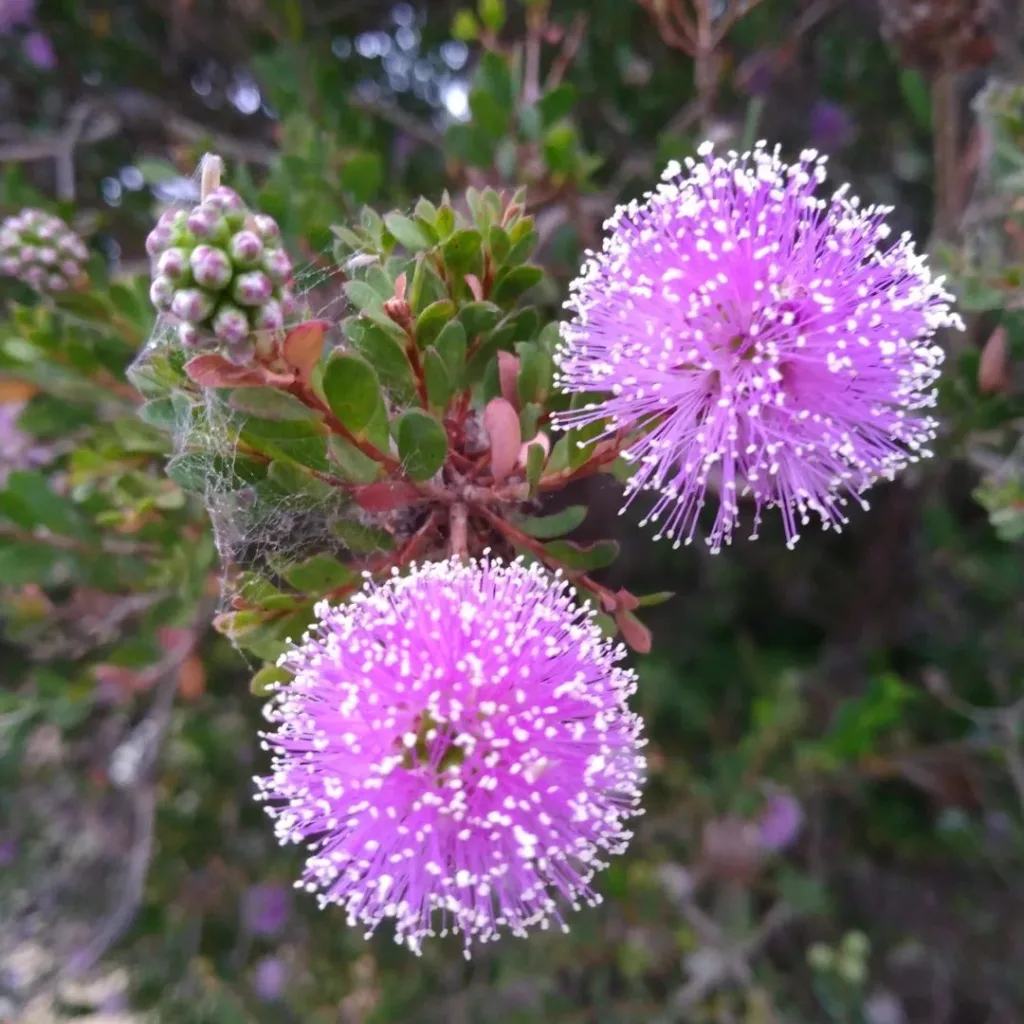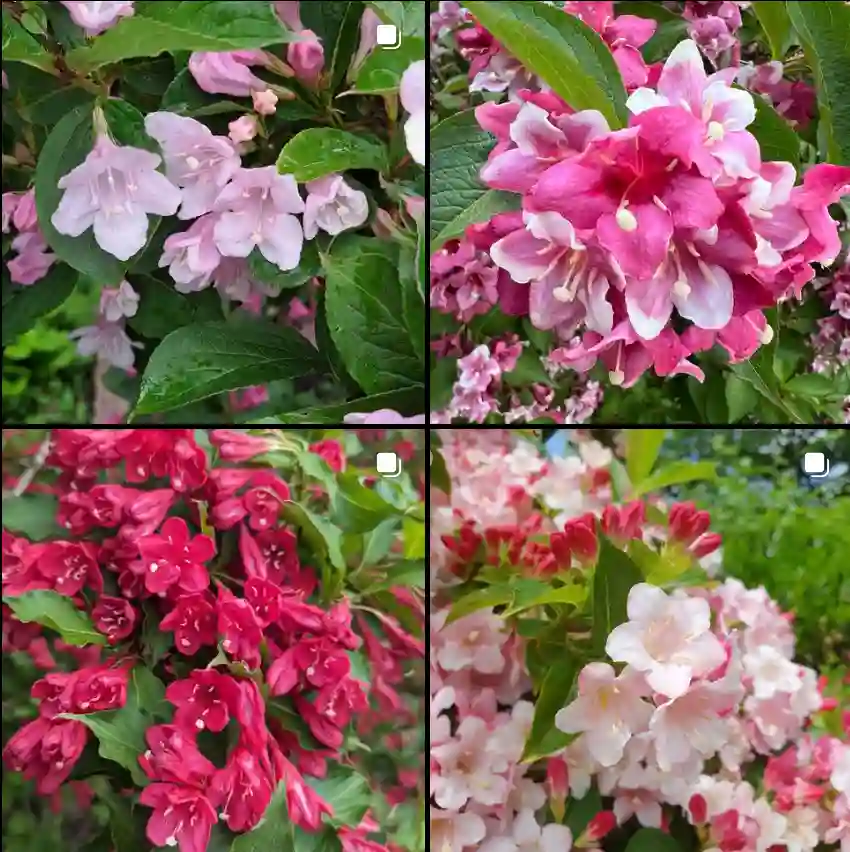FAQs About Anredera Cordifolia: My Insights and Experiences
Anredera Cordifolia, commonly known as Madeira Vine or Poor Man’s Buckwheat, has piqued my interest for years. With its stunning foliage and fast growth, it’s become a standout in my garden. Here’s a comprehensive look at some of the most frequently asked questions about this plant based on my personal experiences.
What is Anredera Cordifolia?
Anredera Cordifolia is a vigorous, fast-growing perennial vine belong to the Basellaceae family, that hails from South America. It’s often praised for its heart-shaped leaves and the impressive clusters of white or pinkish flowers it produces. Known as Madeira Vine, it thrives in tropical and subtropical climates but can be grown in temperate zones as an indoor plant or seasonal outdoor annual.
Plant Family: 4 Genera in Basellaceae
How to Care for Anredera Cordifolia?
Caring for Anredera Cordifolia is relatively straightforward. Here’s what I’ve learned:
- Light: This plant loves bright, indirect light. It can tolerate some direct sunlight, but too much can scorch the leaves. In lower light conditions, its growth might slow down, but it will still thrive.
- Water: Regular watering is key. Keep the soil consistently moist but not soggy. In the hotter months, it may need more frequent watering. Make sure the container or garden bed has good drainage to prevent root rot.
- Soil: Well-draining soil is essential. A mix of potting soil and perlite or sand works well. It prefers slightly acidic to neutral soil but can tolerate a range of pH levels.
- Temperature: Anredera Cordifolia prefers warm temperatures and does best in zones 9-11. If you’re growing it indoors or in a cooler climate, ensure it stays above 50°F (10°C) to avoid damage.
- Fertilizing: Feed it with a balanced fertilizer every 4-6 weeks during the growing season. I use a liquid feed to keep the growth robust and the foliage lush.
How to Propagate Anredera Cordifolia?
Propagating Anredera Cordifolia is quite easy and rewarding. Here’s my method:
- Stem Cuttings: Take 4-6 inch cuttings from a healthy vine, ensuring you have at least one node on each cutting. Remove the lower leaves and place the cutting in water or a potting mix.
- Roots: In water, roots will develop within a couple of weeks. If you’re using a potting mix, ensure it’s kept moist. Once the cuttings have established a good root system, transplant them into their own pots or garden beds.
- Tubers: The plant also produces tubers, which can be harvested and replanted. I find this method a bit less reliable but effective, especially if you want to multiply the plant quickly.
What to Plant with Anredera Cordifolia?
Anredera Cordifolia pairs well with other climbing plants or ground covers. I’ve successfully combined it with:
- Hoya Plants: Their contrasting foliage adds depth and texture to the garden.
- Philodendrons: These plants share similar care requirements and complement each other visually.
- Fern Varieties: Ferns provide a lush background that highlights the Madeira Vine’s heart-shaped leaves.
Is Anredera Cordifolia Toxic?
No, Anredera Cordifolia is not considered toxic to humans or pets. It’s a safe choice if you have curious pets or children. However, as with all plants, it’s wise to avoid ingestion and handle it with care to prevent any potential irritation from the sap.
Benefits of Anredera Cordifolia
One of the primary benefits I’ve noticed is its rapid growth. It’s an excellent choice for covering trellises, arbors, or fences quickly. Additionally, it’s relatively low-maintenance, making it perfect for busy gardeners. The attractive foliage and occasional flowers add a touch of elegance to any space.
Common Problems and Solutions
While Anredera Cordifolia is generally hardy, it can face a few issues:
- Pests: Watch out for aphids and spider mites, which can sometimes infest the plant. Regularly check the undersides of leaves and use insecticidal soap if necessary.
- Leaf Drop: If you notice significant leaf drop, it might be due to inconsistent watering or a sudden temperature change. Ensure a stable environment and consistent care.
- Mildew: In humid conditions, powdery mildew can occur. Improve air circulation around the plant and avoid overhead watering to prevent this issue.
Compare with Other Similar Plants
Anredera Cordifolia is often confused with other vigorous vines like:
- Ipomoea (Morning Glory): Both are fast-growing, but Anredera has heart-shaped leaves and produces smaller flowers compared to the often larger, showier blooms of Morning Glories.
- Clematis: While Clematis also offers striking flowers, it typically requires more attention to soil conditions and pruning compared to the hardier Anredera.
In summary, Anredera Cordifolia is a versatile and resilient plant that can enhance any garden or indoor space with its rapid growth and striking foliage. Whether you’re an experienced gardener or a beginner, this vine is worth considering for its ease of care and aesthetic appeal.
If i die, water my plants!



